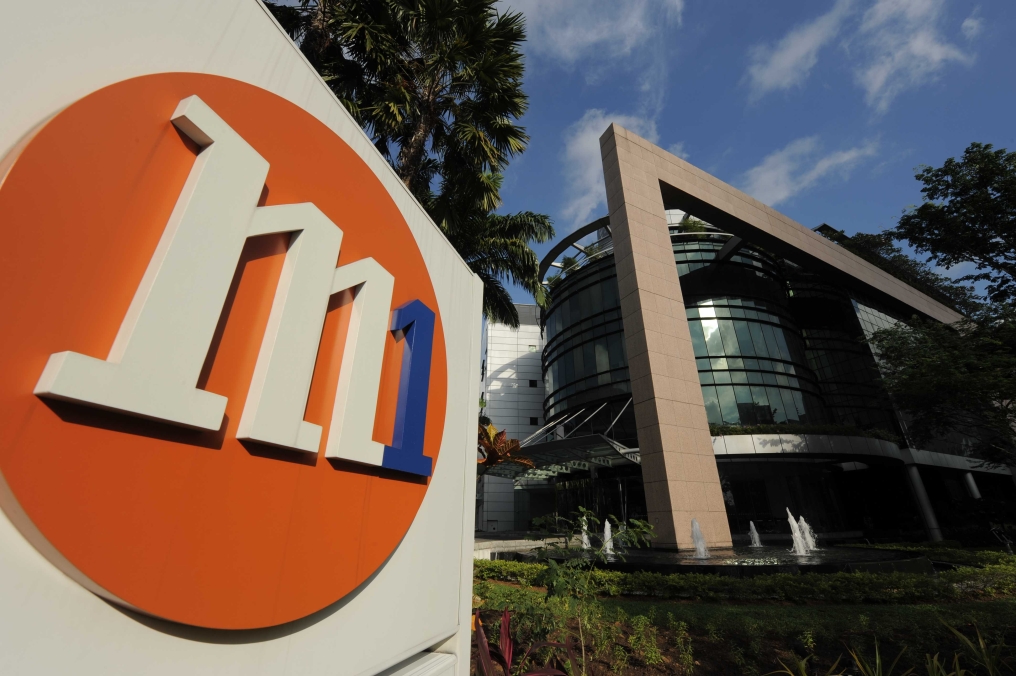
Here's why M1 is still the champ in 4G coverage
This is despite its plans being SGD11 more expensive than peers.
According to Nomura, M1 currently leads on 4G coverage in Singapore and its revised 4G plans are now on par with peers (it has waived its VAS charge of SGD10.70/mth until further notice).
Its recent move to tiered-data pricing plans could provide some relief on margins and it continues to gain slow and steady traction on fibre (~25% share, we estimate). Its dividend yield is strong at 5.5%.
Here's more from Nomura's interview with M1’s CFO, Mr Lee Kok Chew:
LTE Q&A
Q) What has been the initial experience on LTE?
A) Still early days, but the initial user experience and feedback is positive, with the minimum speeds on LTE being noticeably faster than
3G (around 6-7 times). This will be a key benefit for subscribers. Voice over LTE is still being tested and currently on all 4G plans, voice calls drop back to 3G seamlessly.
Q) What spectrum is it deployed on?
A) M1 has re-farmed 10Mhz of spectrum in the 1800Mhz band for LTE. In coastal areas, it is using 2.6Ghz to avoid interference (mainly with Indonesian telcos).
Q) Incremental capex for LTE?
A) Total capex for LTE has not been that significant and is covered in the current annual run rate of SGD120mn. Also, the increase in capex this year is also for upgrading billing systems.
Q) Advantages from LTE?
A) The key benefit of LTE is higher throughput (i.e. speed for traffic), which will allow it to handle greater traffic. Hence, it is more capex
efficient compared to 3G.
Mobile Q&A
Q) iPhone 5 – what to expect?
A) There was some slowdown in customer additions in recent quarters in anticipation of the iPhone-5 launch, so customer additions/upgrades could pick up. But for M1, given its accounting policy – the impact on margins may not be that significant. M1 expenses Android subsidies upfront but amortises iPhone over the life of the contract.
Our view: the iPhone 5 is expected to be available in Singapore from September 21 onwards, and the full impact therefore will be in the
December quarter. As seen with the launch of the 4S in 4Q, we believe margins could still come under pressure for 1-2 quarters due to higher subsidies (and handset sales).
For M1, margins dipped from 42% (in 3Q11) to 39-40% in 4Q11 and 1Q12. However, it is also becoming harder to gauge the real impact of subsidies. As seen in the latest quarters, the higher number of Androids in the mix too resulted in lower margins (38%, declining 200bps q-q), as M1 follows a slightly more conservative accounting approach in case of Androids, whereas subsidies are amortised for iPhones.
Q) Any risk of churn or lack of net additions given that M1’s 4G plans are around SGD11 more expensive than peers?
A) StarHub and SingTel are offering 4G without the additional SGD10.7/mth charge only on a promotional basis. M1 has also waived
this charge until further notice now.
Q) What will be the impact of tiered data pricing plans?
A) In initial stages, there is unlikely to be a material impact – 78% of subscribers use less than 2GB in a month and 93% use under 5GB. However, looking forward, the costs should be better managed and these plans ensure that returns on data are protected over the medium-term. Over time, with increasing usage, there could be room for revenue uplift, too.
NBN Q&A
Q) Breakeven time for fibre?
A) Gross margin is positive for each fibre connection. Profitability will improve with scale.
Q) Is the cost of international connectivity a risk to breakeven on fibre?
A) Not really. M1 already has over 2mn total subs and around 200k mobile broadband users for whom it needs to buy international connectivity which provides scale for bandwidth purchase. Hence, incremental cost for fibre customers is not high.
























 Advertise
Advertise






